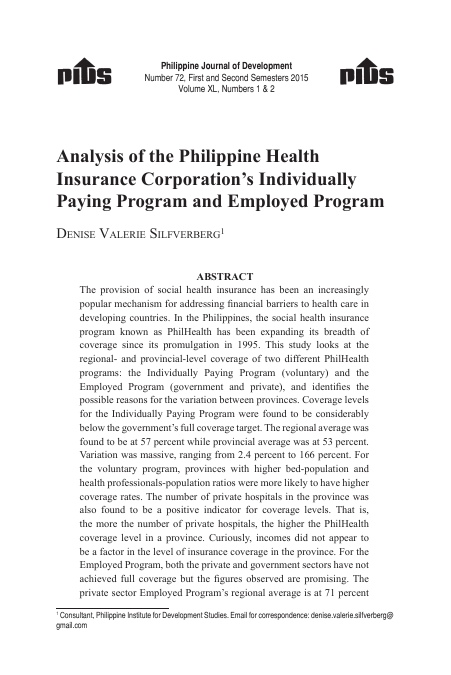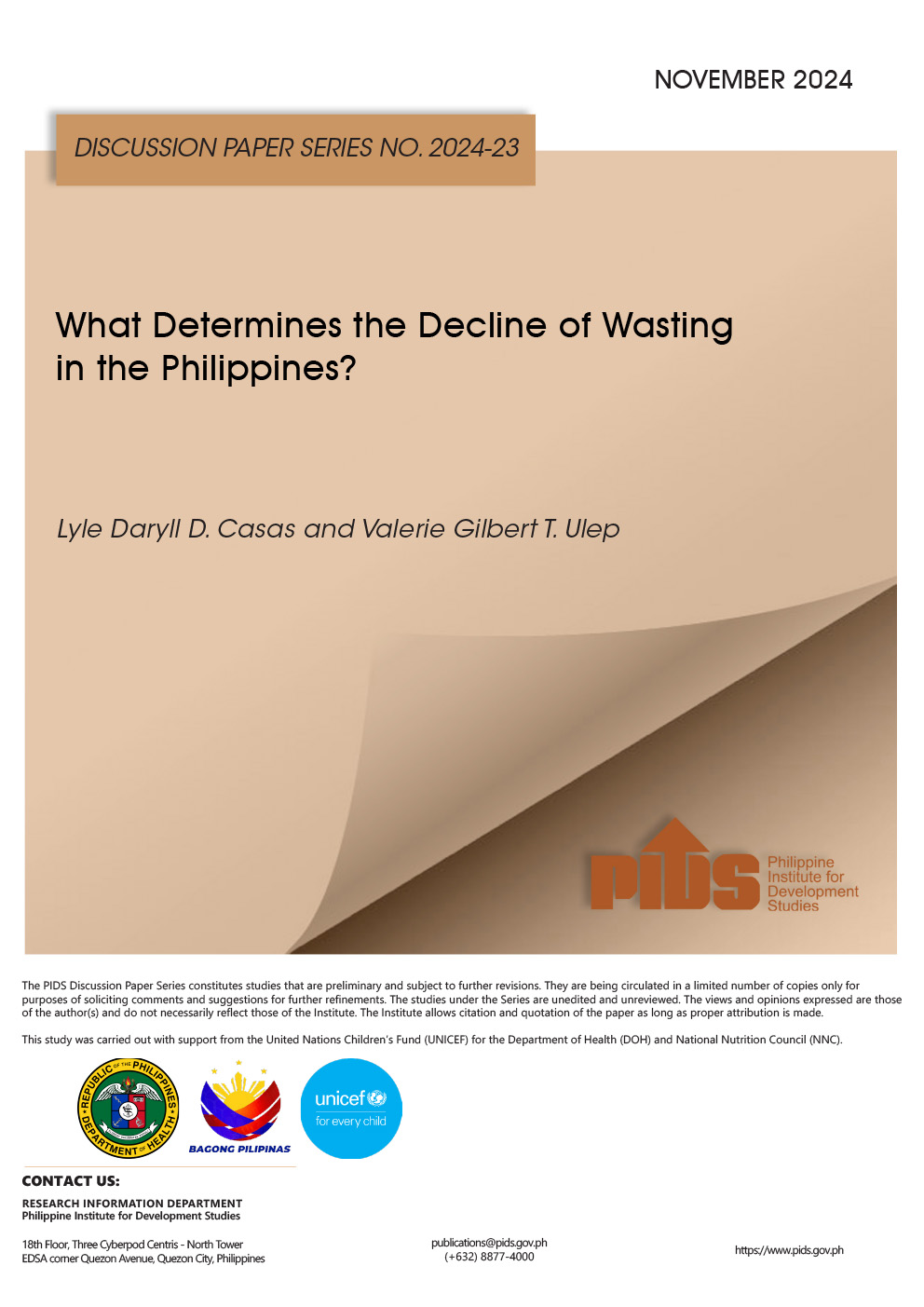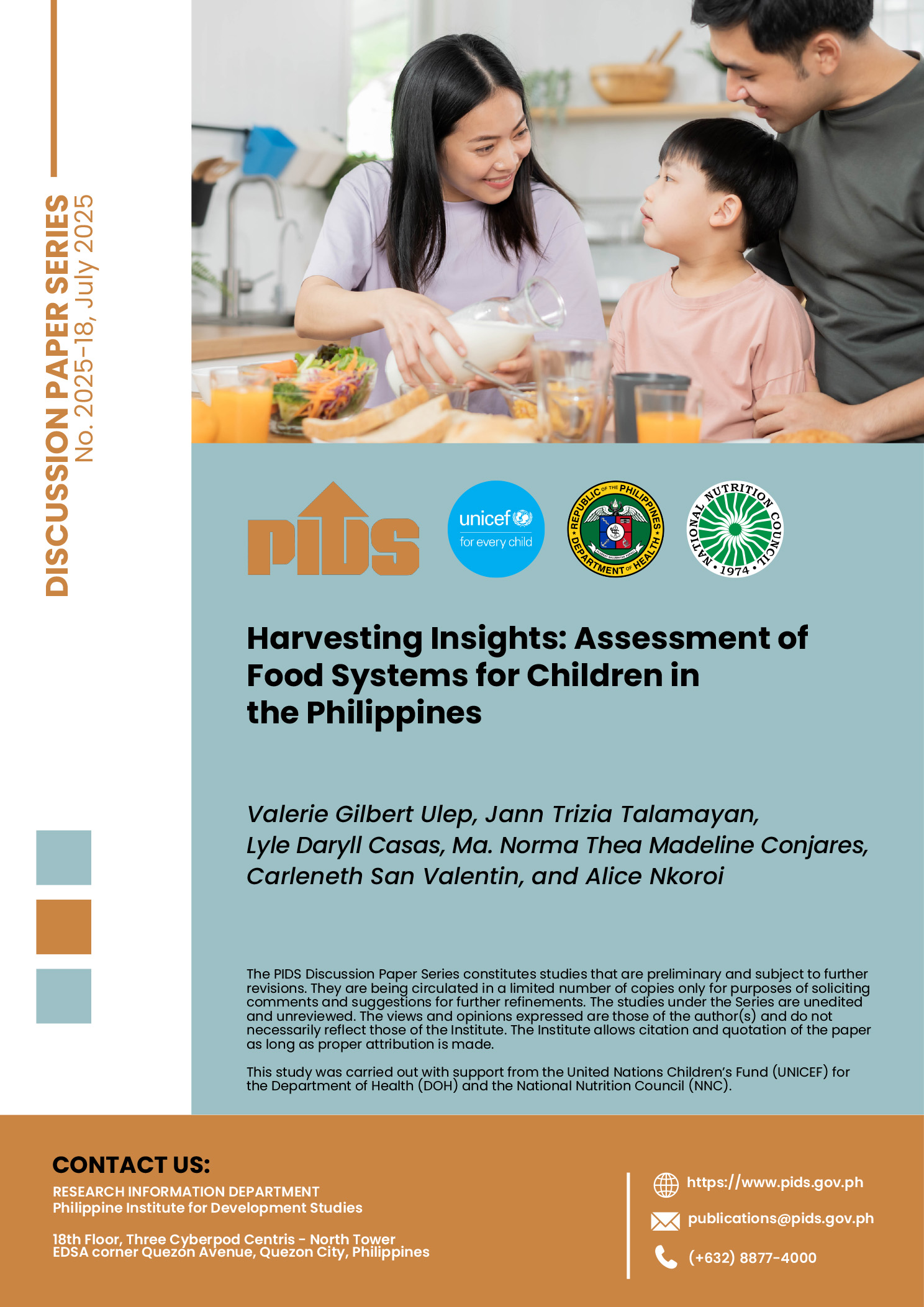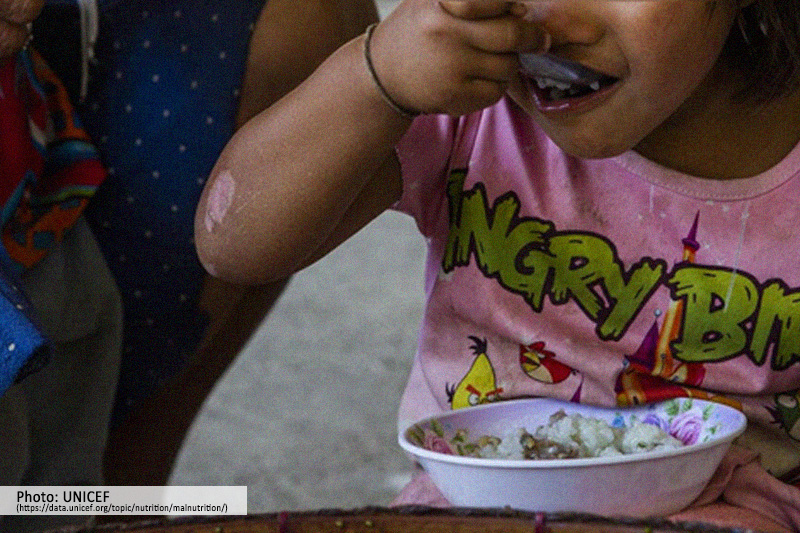The provision of social health insurance has been an increasingly popular mechanism for addressing financial barriers to health care in developing countries. In the Philippines, the social health insurance program known as PhilHealth has been expanding its breadth of coverage since its promulgation in 1995. This study looks at the regional- and provincial-level coverage of two different PhilHealth programs: the Individually Paying Program (voluntary) and the Employed Program (government and private), and identifies the possible reasons for the variation between provinces.
Coverage levels for the Individually Paying Program were found to be considerably below the government's full coverage target. The regional average was found to be at 57 percent while provincial average was at 53 percent. For the Employed Program, both the private and government sectors have not achieved full coverage but the figures observed are promising. The private sector Employed Program's regional average is at 71 percent while the provincial average is at 75 percent. For the government Employed Program, the regional average lies at 74 percent while the provincial average is at 80 percent. The findings are possible propositions on how targeting should be implemented. For the government sector, no clear pattern was found based on the model presented.













